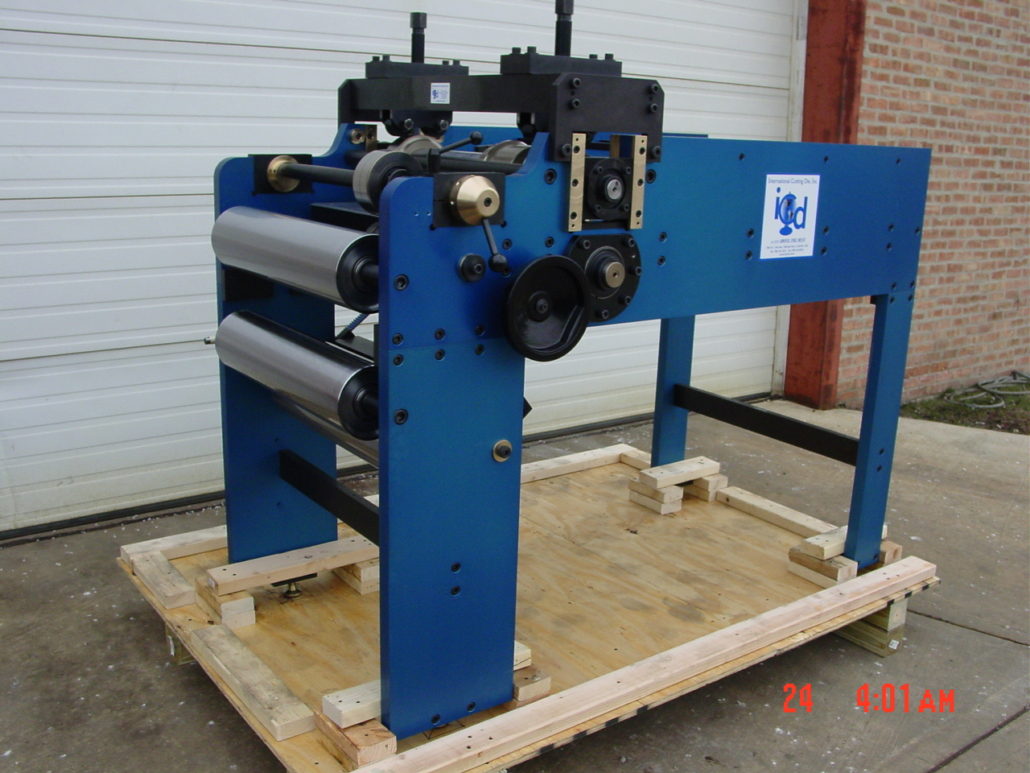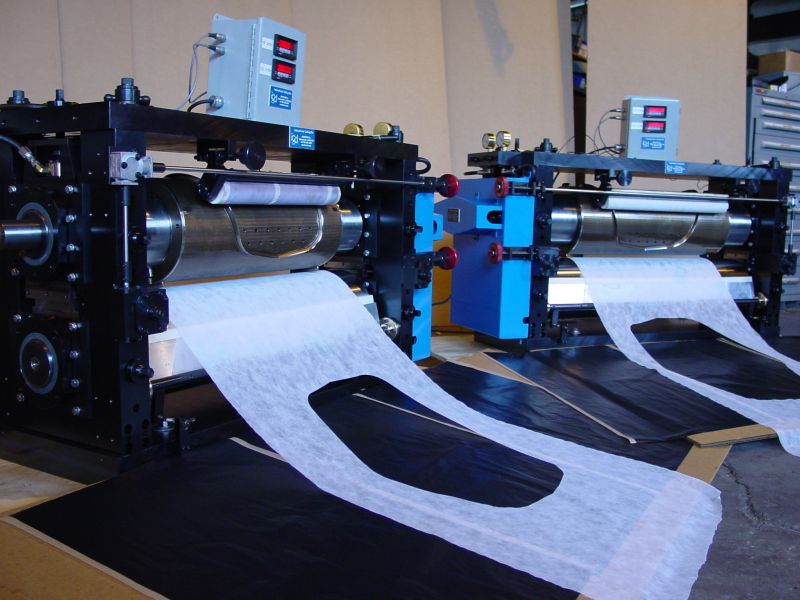A rotary die cutter is a serious investment that is an essential part of the production process. Its malfunction can mean loss not only of your investment, but also of your possible profit. While a piece of equipment is susceptible to wearing and tearing, there are a few things that you can do as an owner or operator to decelerate the lifespan of the equipment. Here are four ways you can maintain a functional and profitable rotary die:
-
Put Safety on Top of Everything
Operating and maintaining a rotary die has inherent risks heightened with improper personal safety practices. A rotary die can be challenging to handle and a small oversight can lead to serious consequences. Operators should understand that any accident equates to additional liability to the company or business, which may result in financial losses. Thus, you should follow safety procedures at all times no matter how small or trivial it may seem. You should first be trained regardless of previous experiences because each die supplier may incorporate slight differences in function and anatomy.
-
Ensure There’s Enough Lubrication
Among the mechanical factors that can affect the function and therefore the profitability of the rotary die is the friction and heat that occurs in the process. Steel and heat is not always a good combination in rotary die cutting. It may result in equipment damage, inefficient product and bad produce. Hence, leaving the company yet another unprofitable products. What rotary die operators can do is to ensure that there is enough lubrication to regulate friction and heat. This means that part of the daily monitoring and maintenance is to check and determine if lubrication is needed from time to time for safe and efficient operations.
-
Be Aware of the Condition of the Anvil
Like all other parts of the equipment, the anvil also wears and tears from usage, especially that pressure is constantly applied to it. However, most operators focus on the die itself and often forgets that the anvil is also an important component of the equation. A positive feature of an anvil is that it is replaceable when it does not work as sharp it used to. To protect your possible profits, you should also consider the condition of the anvil as you operate day by day. You need to have a spare anvil in place at all times to prevent stoppage of production.
-
Handle Equipment With Proper Care
Alongside personal safety, you should also exercise proper care with the equipment and all its accessories and components. What sets apart a profitable operator from an unprofitable one is the ability to extend the life of the equipment while still producing quality results. There are suppliers and installers that provide durable equipment, but that is subject to the usage and abuses of the users.
For professional care and servicing, International Cutting Die provides expert maintenance services you to extend the life of your dies, ensure proper functionality and meet OEM specifications.
Contact Us to discuss your cutting die requirements:
(708) 343 3333
info@icd-inc.com


